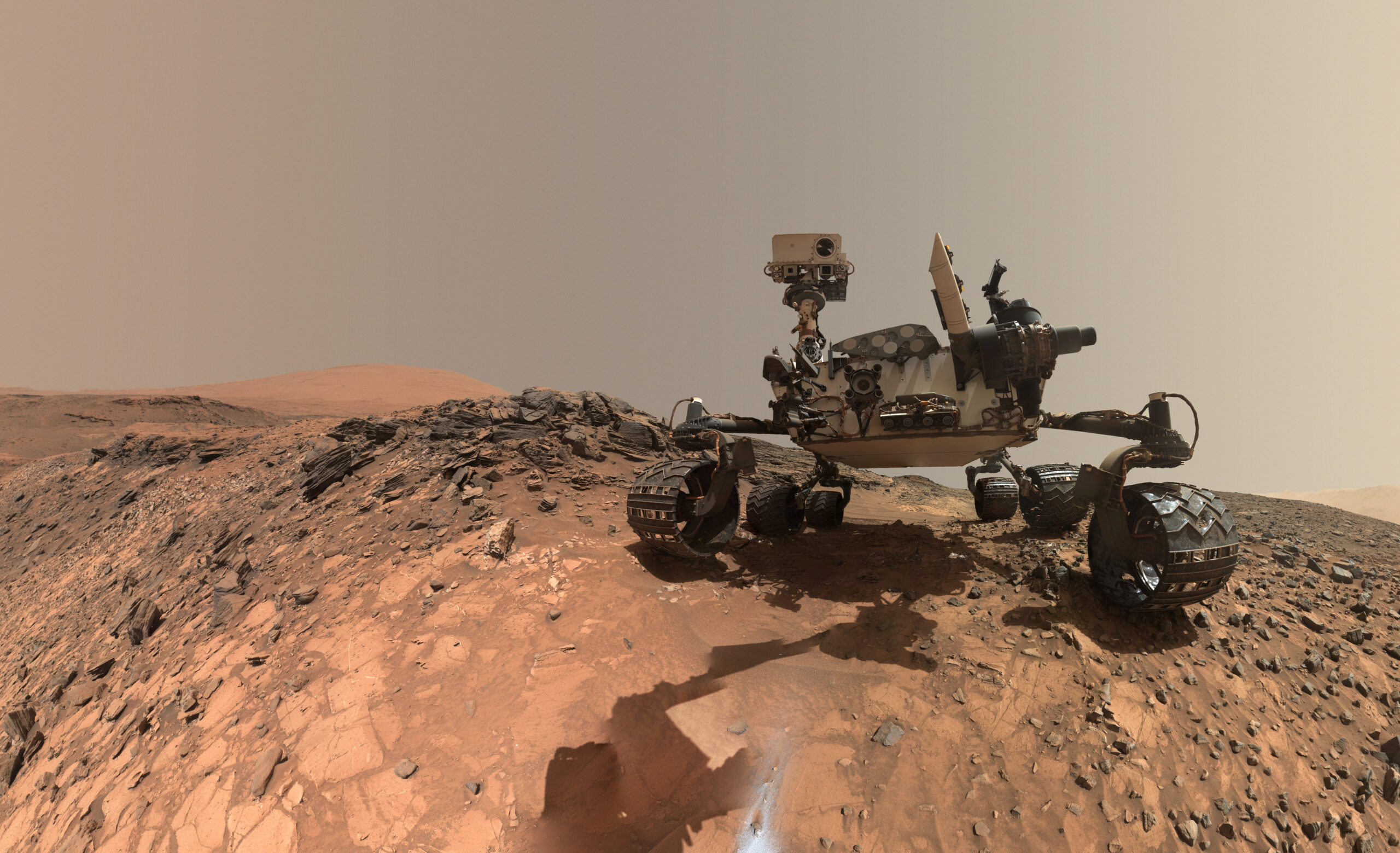On this day in history, NASA’s Curiosity Rover discovered calcium deposits on Mars. This discovery was highly important as it provided evidence of water on Mars, suggesting the planet was habitable at some point in the past. In a Curiosity Rover report, Justin Maki, the engineering camera lead for the Mars Science Laboratory mission, explained this historic discovery in more detail.
“The images being returned by Curiosity show a diverse collection of interesting features, including sedimentary rocks, pebbles, cracks, nodules, and veins,” Maki reported.
He went on to explain that the veins discovered by NASA’s rover contain traces of calcium sulfate. It’s suspected that the calcium sulfate is in the form of either bassanite or gypsum.
According to Maki and the NASA report, gypsum veins can also be found here on earth. The veins are formed when water filters through cracks in rocks.
Following this massive discovery, NASA announced its intentions to drill into the veins.
As the report states, the site where the Curiosity Rover intends to conduct its first drilling activity is close to the rover’s current location and has a flat surface area that’s ideal for drilling.
The NASA Curiosity Rover launched from earth in November of 2011 and landed on Mars in the summer of 2012. As of 2021, the rover is still out there exploring the red planet. The Curiosity Rover weighs a whopping 1,982 pounds and is similar in size to a small SUV.

